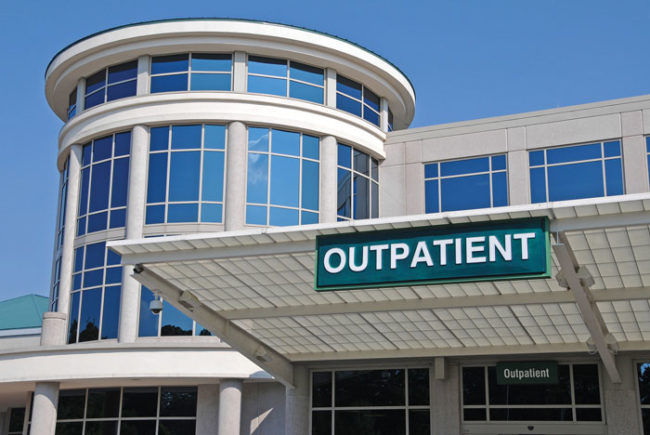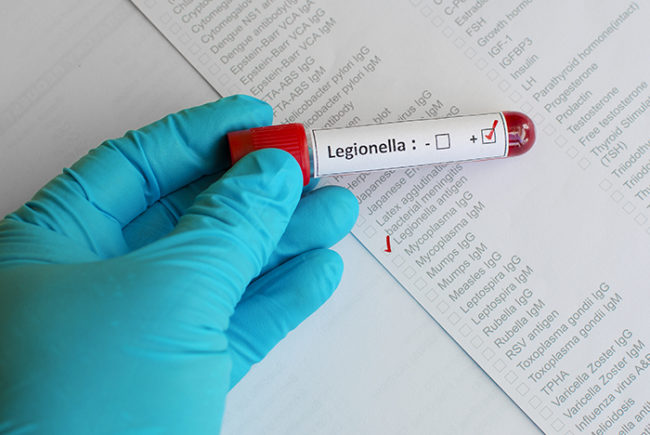NSF develops Legionella protocol for cooling towers
NSF International has published a new protocol to help prevent Legionella in building water systems. NSF P453: Cooling Towers — Treatment, Operation, and Maintenance to Prevent Legionellosis outlines proper maintenance and safety practices associated with evaporative cooling systems. It also addresses health concerns associated with commercial buildings, including health care facilities, whose residents may experience health issues like Legionellosis from improperly maintained water systems. The new protocol uses the water-safety plan approach recommended by the World Health Organization to assemble a team, identify potential hazards and establish control measures to prevent the growth of Legionella bacteria. The protocol can be used by facilities to establish a management plan for the treatment, operation and maintenance of cooling-tower water systems.
IAHSS posts advice on law enforcement outreach
The International Association for Healthcare Security & Safety posted a two-page guideline titled “Collaborating with Law Enforcement” that urges health care facilities to develop collaborative relationships with law enforcement agencies with which they interact. Among the situations that may require interaction with law enforcement are support with behavioral and prisoner patients, crimes in progress, education and training programs, proactive crime-prevention efforts and others. The facility also should identify who will serve as a liaison whenever law enforcement is on hospital property and engagement is required.
AHRQ releases safety risk toolkit for designers
A new toolkit funded by the Agency for Healthcare Research and Quality helps to support health care facility designs that are safe for patients and staff. The Safety Risk Assessment Toolkit for facility designers was developed by the Center for Health Design and targets six areas of safety: infections, falls, medication errors, security, injuries of behavioral health patients and patient handling. The toolkit also addresses more than 200 environmental considerations for the built design and functions as a quality-check tool around which teams can align. It includes evidence-based design, a proactive process to mitigate risk and discussion prompts to foster collaboration among multidisciplinary teams.
Group issues disaster recovery advice for textiles
The Association for Linen Management is providing disaster-recovery guidance for textiles to ensure that facilities with laundry operations, including hospitals and nursing homes, receive proper direction on how to maintain linen quality in the aftermath of a natural disaster. The guidance covers the circumstances under which linens should be reprocessed or discarded, and steps to take prior to restarting operations.
NIOSH releases software to monitor responders
The National Institute for Occupational Safety and Health (NIOSH) announces the availability of a new software platform called Emergency Responder Health Monitoring and Surveillance Info Manager to track and monitor emergency response and recovery-worker activities during all phases of emergency response following a natural disaster or other public health emergency. The custom-built software developed by NIOSH is free and can be used by anyone involved in the deployment and protection of emergency responders.





